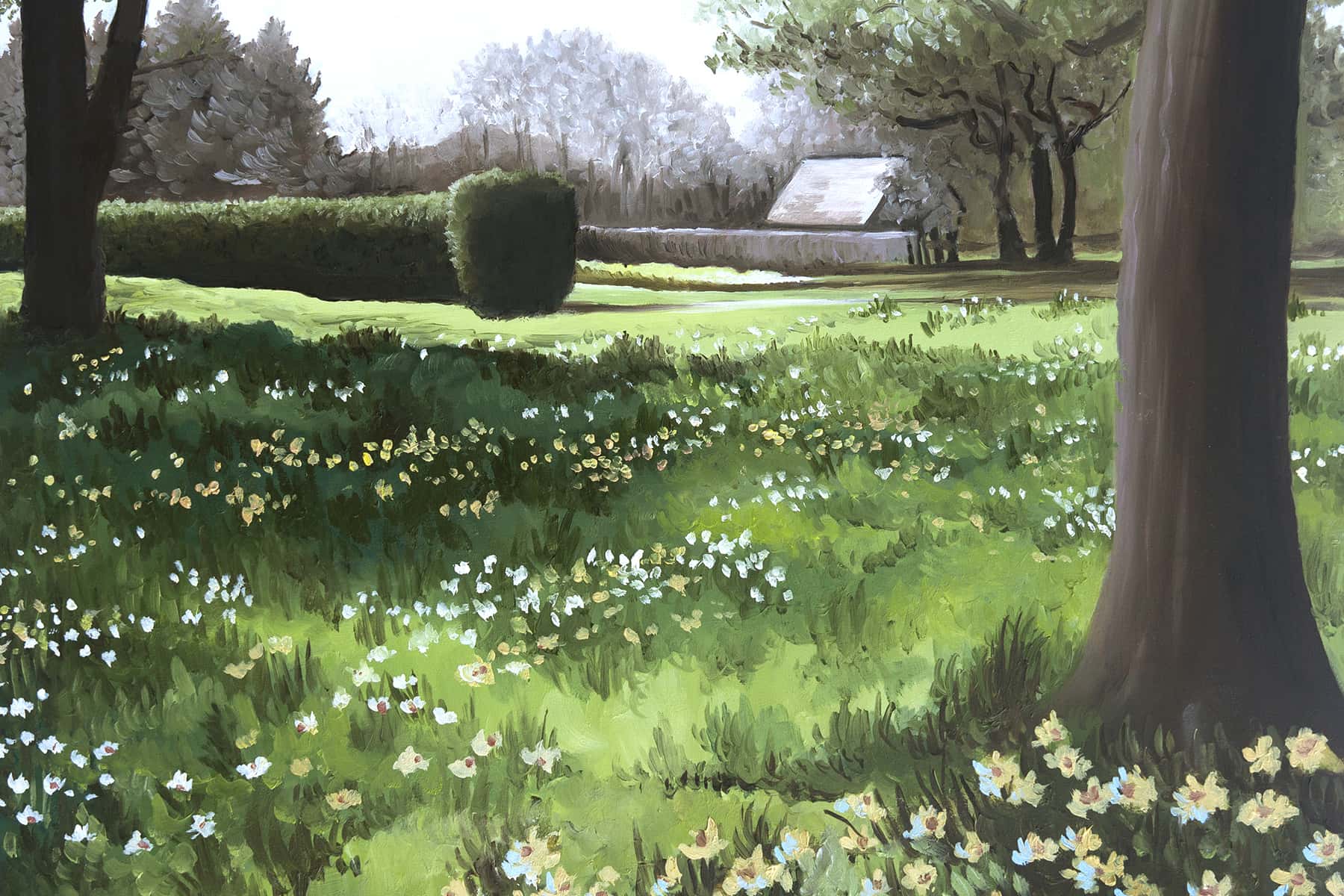
This multi-part editorial series was based on the “Rise and Thrive: A Lives in Landscape Exhibition” created by Milwaukee artist Brianna Joy Seipel. The project was produced in partnership with LOTUS Legal Clinic and the Untold Stories program. https://mkeind.com/riseandthrive
The word wake is polysemous: it means both a ritual act of mourning (to ceaselessly watch over the dead) and also to become awake (both from sleep and figuratively, for example, to become aware of some new truth or beauty, that is, to become enlightened).
Thus, the phrase the wake of dreams has two distinct senses: it means both to mourn the loss of a dream, its irredeemable death as it were, and also to become aware of some new dream in all of its potential to affirm and transform life in unexpected ways.
For me, the experience of joy shares an analogously dual nature. On the one hand, joy is the apotheosis of delight, the most meaningful satisfaction a person can experience; on the other, joy is sustained by suffering and limned by an anxious terror.
For example, the joy of love and human connection requires passion (another polysemous word). Among other things, passion means to suffer for who or what you love—to sacrifice in big and small ways, to put the beloved’s needs before one’s own sometimes, to put in the work of empathy and attention always.
Joy’s anxiety, as it were, is the low-level awareness that love and life can become lost, that all things, including joyful things, must pass away. To lose who you love is profoundly sad. John Keats puts it this way in his poem “Ode on Melancholy” (1819):
She dwells with Beauty – Beauty that must die;
And Joy, whose hand is ever at his lips
Bidding adieu; and aching Pleasure nigh,
Turning to poison while the bee-mouth sips:
Ay, in the very temple of Delight
Veil’d Melancholy has her sovran shrine…
Joy is ephemeral as a spring blossom – it spends its bloom and then is gone too soon – but it nevertheless makes life worth living. Without joy and the dream of new love, the sadness of loss becomes annihilatory. Like spring itself, bravery is an act of beginning again and again. Or as the Irish artist and playwright Samuel Beckett writes: You must go on, I can’t go on, I’ll go on.
Brianna Joy Seipel: Artist Response: As a part of my daily painting practice I read each writer’s words before working on their painting. I was particularly struck with the composition of this photo and how the extreme dark and light diagonal lines – created by branches and shadows – perfectly echoes Austin’s exploration of the dual nature of joy.
Austin Mahlon Reece
Field of daffodils in early spring, National Botanic Gardens, Dublin, Ireland.
- Rise and Thrive: Brianna Joy Seipel creates landscapes of witness at the crossroads of art and allyship
- Rise and Thrive: A “Lives in Landscape” Series - Saguaro
- Rise and Thrive: A “Lives in Landscape” Series - Zenith
- Rise and Thrive: A “Lives in Landscape” Series - Huckleberry & Pine
- Rise and Thrive: A “Lives in Landscape” Series - Journeying Through Forgiveness
- Rise and Thrive: A “Lives in Landscape” Series - Summer of Empowerment
- Rise and Thrive: A “Lives in Landscape” Series - The Wake of Dreams














